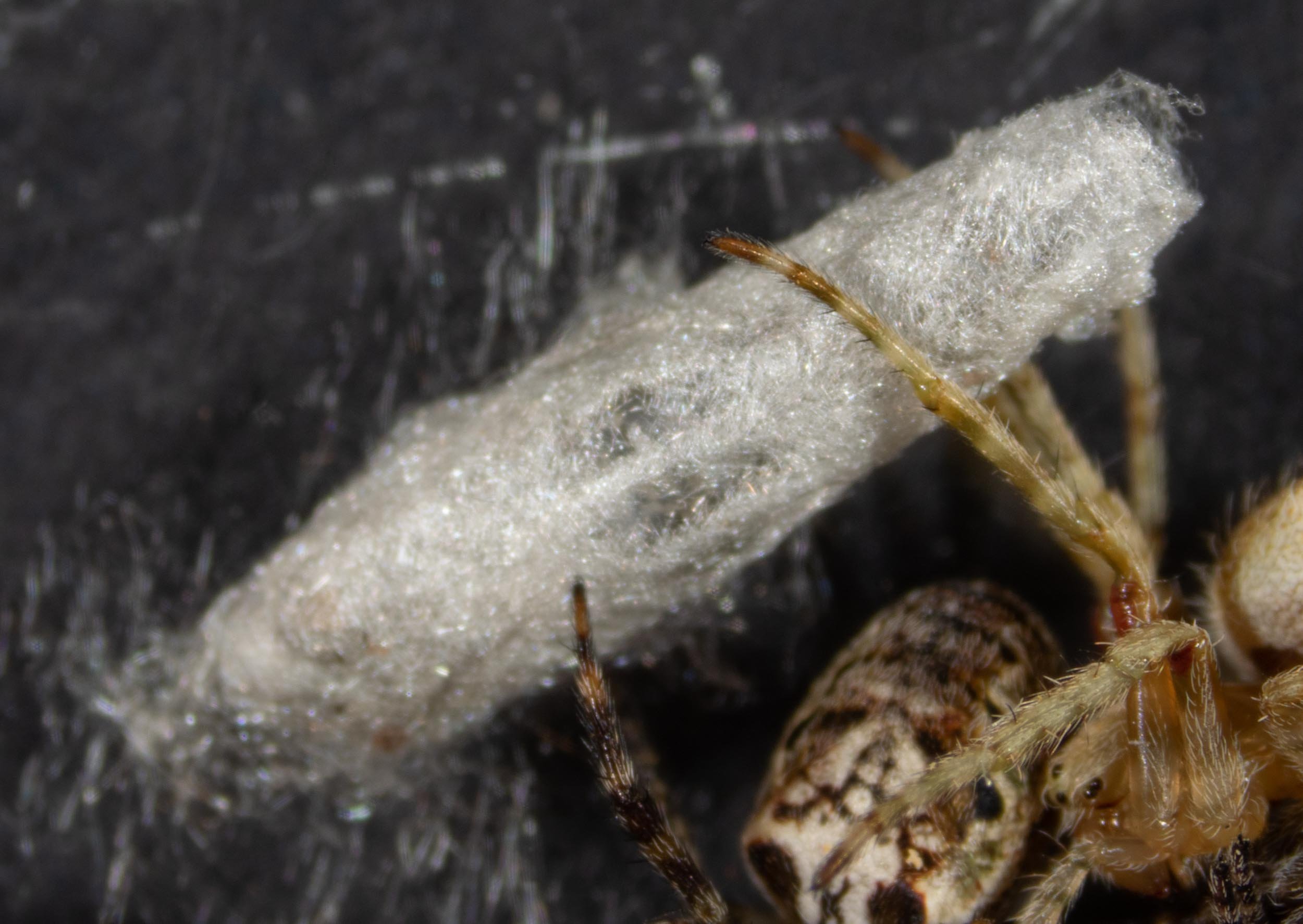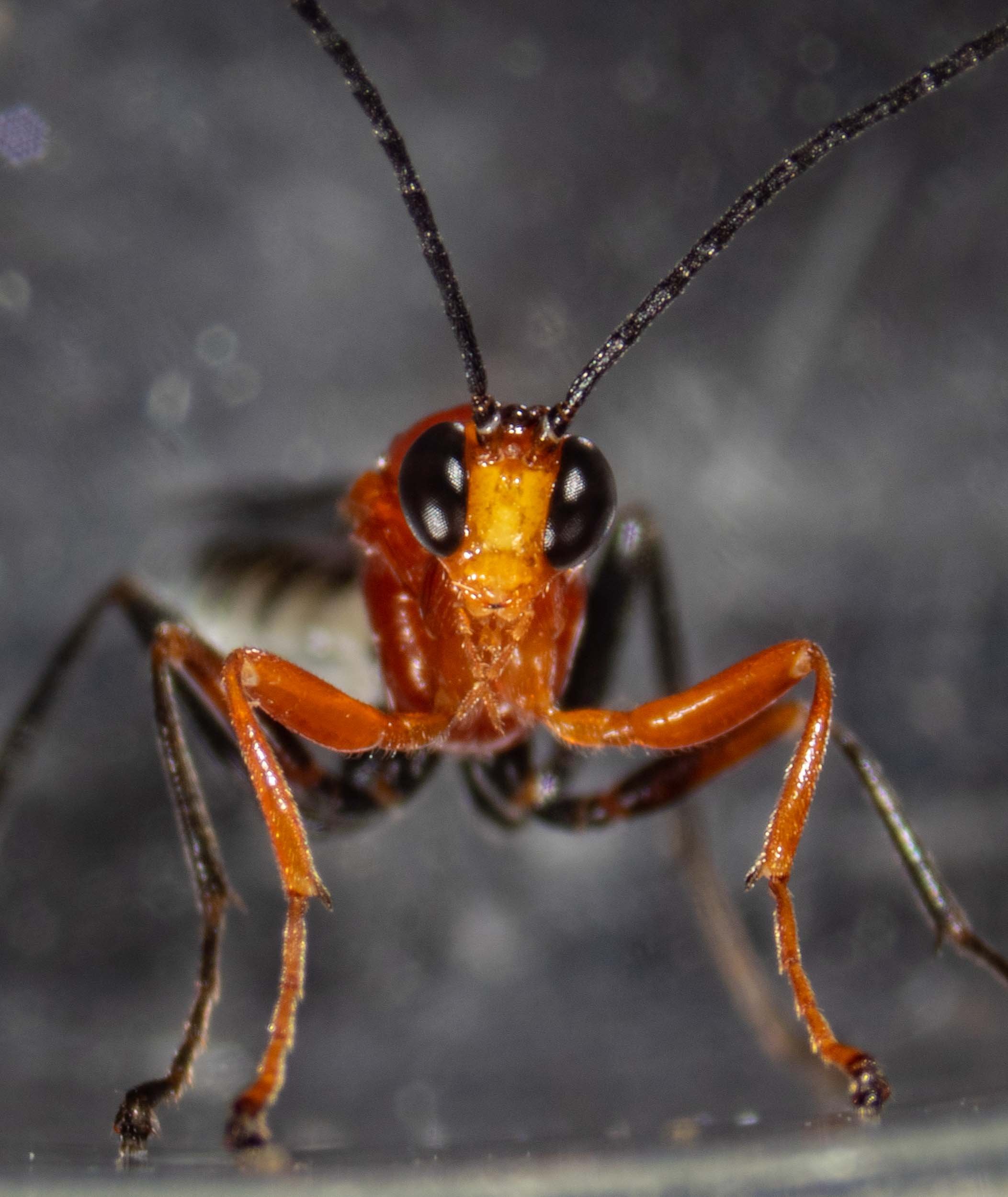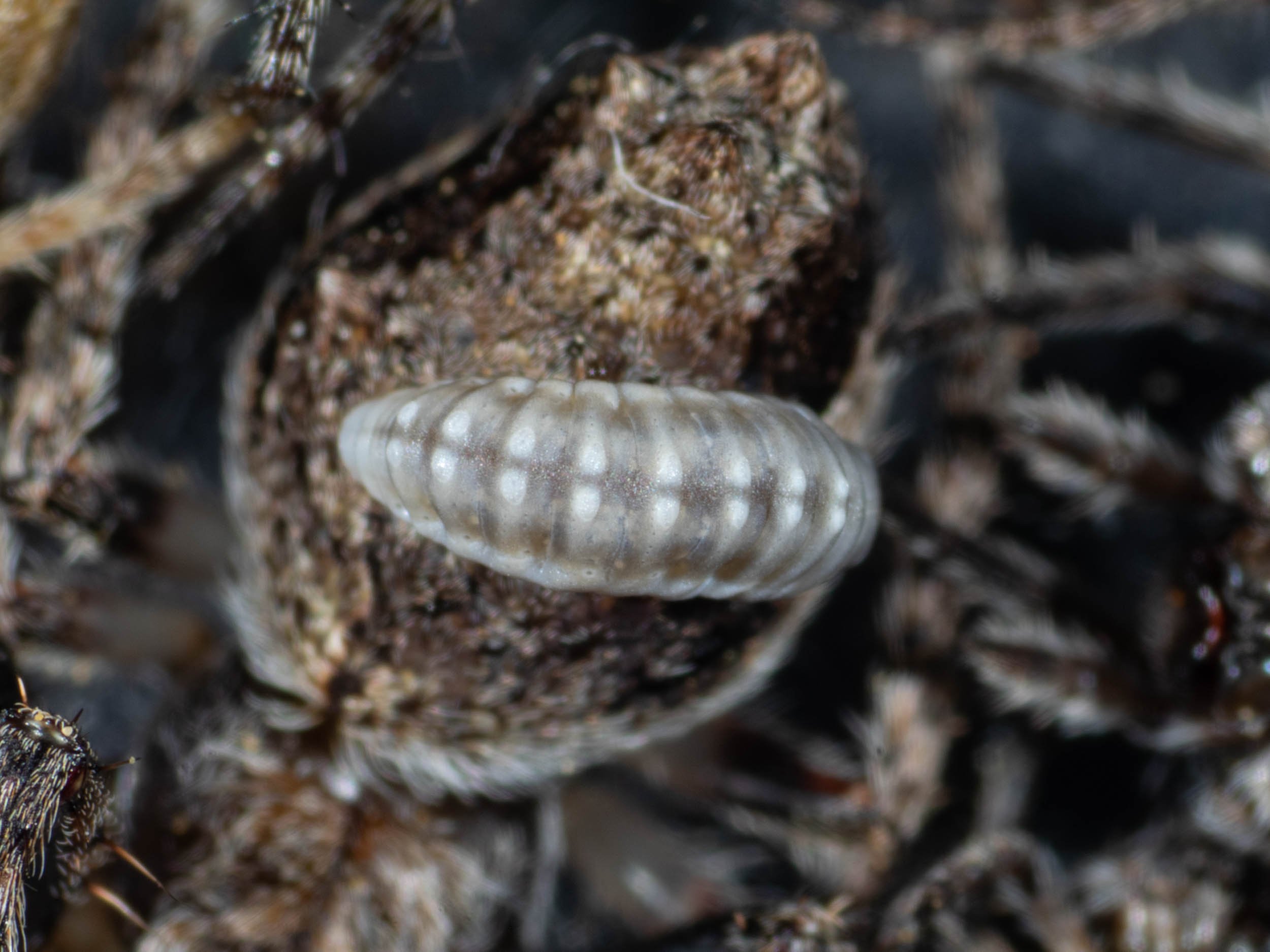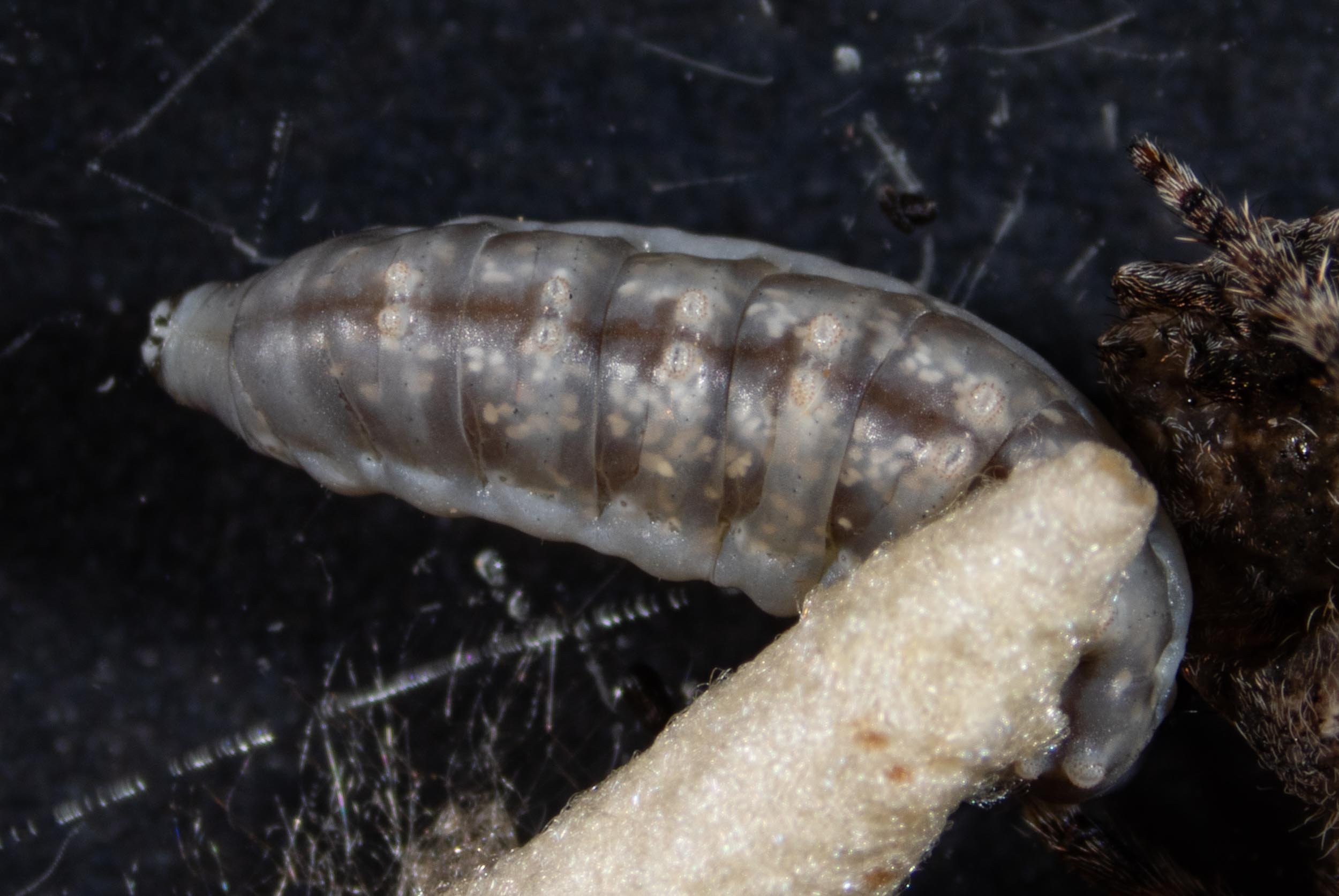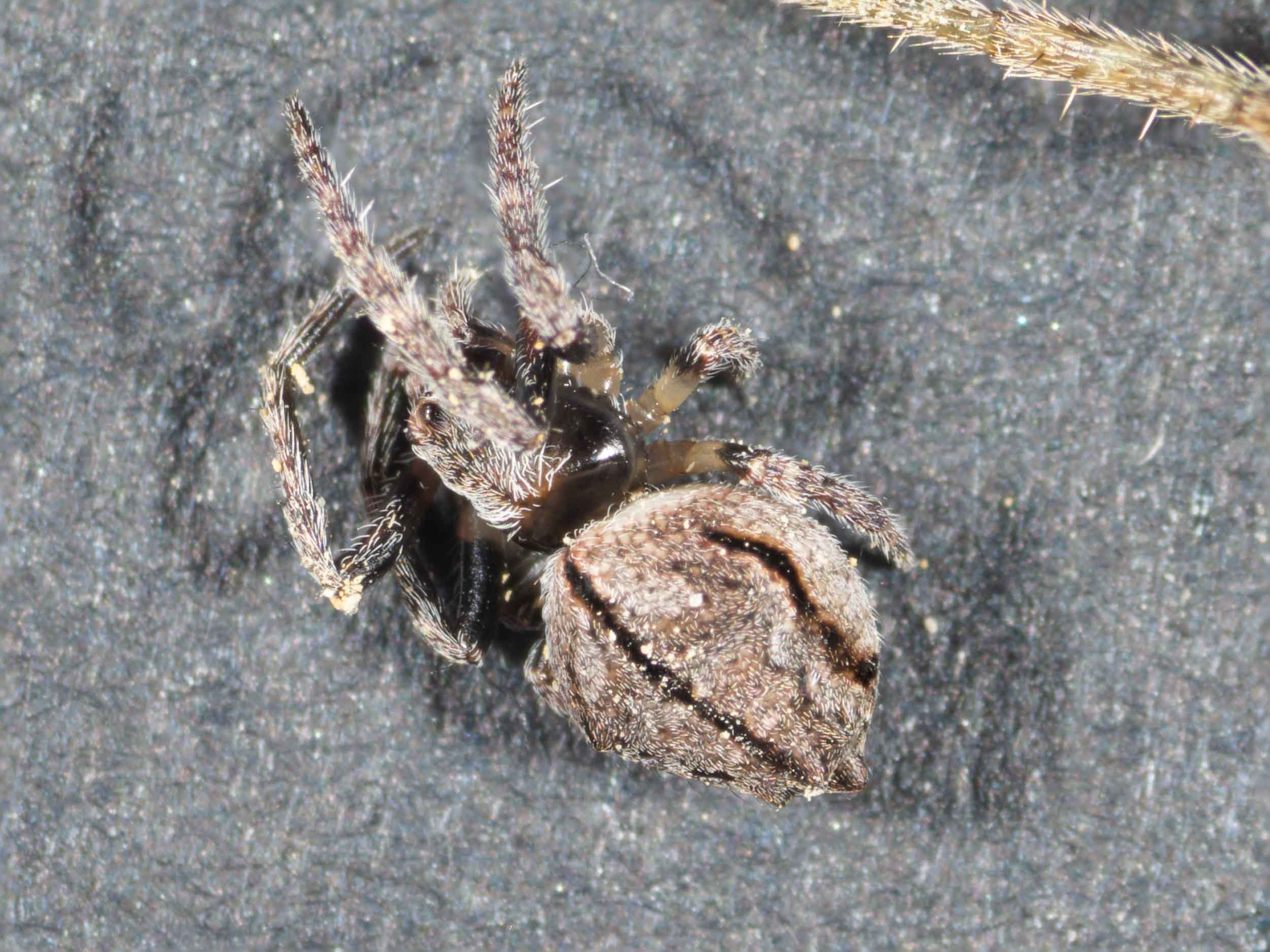Ichneumonid-like wasps from mud-nest

Workbook
Update June 2025:
I originally assumed these were braconid wasps, but have recently been alerted to a better candidate: a member of the tribe Ephalitini (perhaps Eriostethus?).
https://inaturalist.ala.org.au/observations/105407813
This warrants a closer look sometime soon. Note that I have a specimen on hand, so it’s worth looking into.
Findings:
Parasitic wasps raised from a mud-nest. Presumably two of the spiders the Pison (?) collected had already been parasitised by these wasps.
They developed quickly
Did not fully consume many of the spiders, but ‘grazed’ on most. At the time both larvae had pupated, 3 of the 10 spiders were untouched, the others all damaged to varying degrees.
Formed open-ended cocoons
Defecated from within the cocoon
Extruded the larval skin out the end of the cocoon
Emerged 2 weeks after pupating
One was preserved in ethanol and passed on to Madalene Giannotta (ANIC)
Second one emerged while we were away, and so is desiccated. Stored dry, along with cocoons, to send on to Madi if she wants it. (Labelled MudNest#5, wasp 2, Dec 2021)
On 2nd December, 2021 I accidentally broke open a wasp’s mud-nest when I moved some outdoor furniture. This nest had the same appearance, and was in the same position, as a 5-cell nest I disturbed two weeks earlier (14th November … see Case Study 1 in this blog post). Presumably the same female had tried again!
So, as I did earlier, I collected the contents for a closer look. I was expecting a similar story … but not so.
This time there were 2 larvae in a single cell. One was much larger than the other.
Both larvae looked quite different to mud-nest #1 collection. They were grey and quite lumpy, and the larger one in particular had a distinct head capsule. The larvae of mud-nest #1 were pale cream, translucent, and with no dark head capsule. They developed lateral bumps when larger, but nothing like the ridges and bumps evident in these larvae from an even early stage.
The spiders were all still very responsive!! They couldn’t walk, but their legs were moving quite freely in response to disturbance.
Notably, events over the following days and weeks were also quite different. So I clearly needed to follow this nest through too!
Larva 1: the larger one
Initially the larger larva was attached and feeding on a spider. In contrast to events in mud-nest #1, this larva didn’t consume the entire abdomen before moving to a second spider. And soon after it moved away and spun a narrow, white cocoon. This cocoon was also unusual in that it had a terminal opening, through which the animal ejected numerous dark, glossy faecal pellets. And soon after that, what appears to be an exoskeleton.
Larva 2
It grew slowly at first, but by 11th Dec it was quite large and actively rolling from side to side. However, even at that stage the abdomen of the spider had not totally collapsed.
the spiders
Ten orb-weavers, large and small. Initially they were very responsive, waving their legs when disturbed (although not able to walk). The only exception was spider f, which I now suspect had been Larva 1’s first victim.
By 5th Dec only one spider was still twitching its legs - constantly. The others were mostly still. By 9th Dec all were motionless, except for the one that still twitched its tarsi occasionally. By 11th, all were still. I stored them in a petri dish throughout. On 3rd December, when Larva 1 started moving about (and I thought it was seeking new prey), I corralled the contents so that the spiders were within easy reach of the larvae. However, it soon became apparent that Larva 1 was instead choosing a place to build a cocoon. I removed the corral (the white gunk on the petri dish is the remains).
This is a workbook page … a part of our website where we record the observations and references used in making species identifications. The notes will not necessarily be complete. They are a record for our own use, but we are happy to share this information with others.







